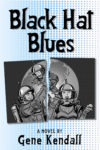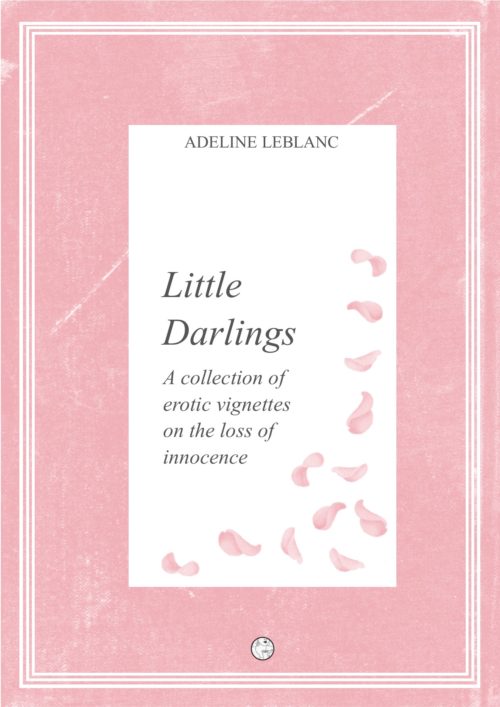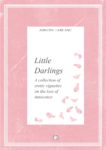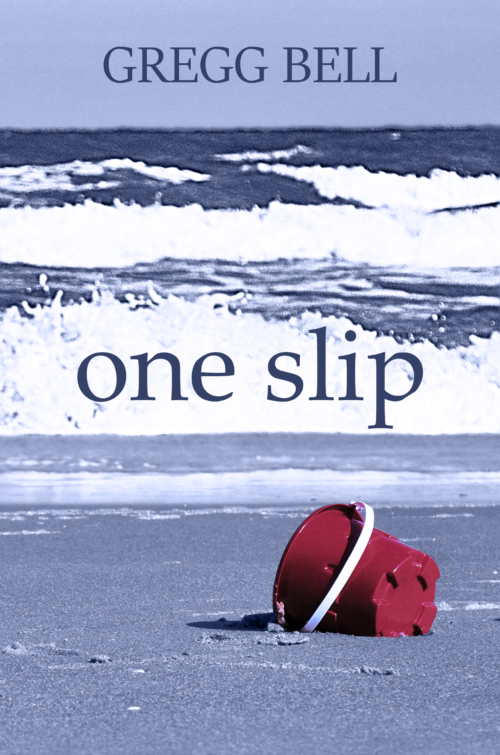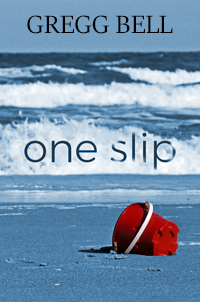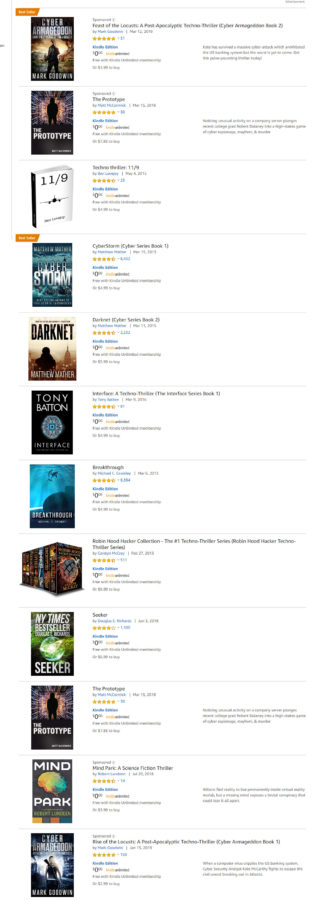

The author says:
Fantasy: Edhenland, a place of peace and plenty, of family and friends, with storyteller’s tales of past history and adventure, but with no danger or things to fear because of so few unknowns. Until now!
In a short time the animals of the Big Orchard Neighborhood find there are yet Great Ones living in other neighborhoods, and also their lives of peace without threat or fear may be over. Outside their protecting mountains may be, almost certainly are, threats to fear greater than anything they have ever imagined. Newly grown animals, long wanting adventure will now find more than they could ever have imagined. So too with the Great Ones, the few remaining people of Edhenland. In more ways than one their futures will depend on what they are about to discover.
The top picture panel of the cover depicts a scene from Chapter One. Close friends Eli Elk, Benjamin Gray Wolf and Samuel Great Eagle are conversing as they walk. The eagle just brought new of a serious nature that may effect their very lives.
Nathan says:
This is the hardest kind of cover to critique, because I hate being unrelentingly negative but…
Your artwork’s just not there yet.
You definitely have talent, but you don’t have the requisite level of skill and technique yet. Undifferentiated line widths and colored pencils only call attention to the deficiencies in the art. The impression given is that of a talented adolescent — which means readers will expect the same of the writing: that it will show promise, but that the reader will have to lower expectations in order to enjoy it. That’s not what readers want to pay for; they want to be confident that they are in the hands of a master storyteller, not that they have to say, “Well, it’s not TOO bad…”
(And lest you think I’m just critiquing the artistic skill, I’m also talking about the design skill as well. The two actionless vignettes seem more intended to show “Look at what I can draw!” than to entice the reader with the contents, and both the sliced-off-circle layout and the title/byline font seem like randomly selected choices.)
Remember: If you want to give your book the best chance to find readers who appreciate it, you need to accept that there may be some skills, like art and design, that are not where they need to be. Your best bet is to find someone with the necessary design chops and work with them to make the best presentation possible.
And I meant it when I said you show talent (assuming you are the artist). Talent is the jumpstart for skill. Now work hard and make it grow.

